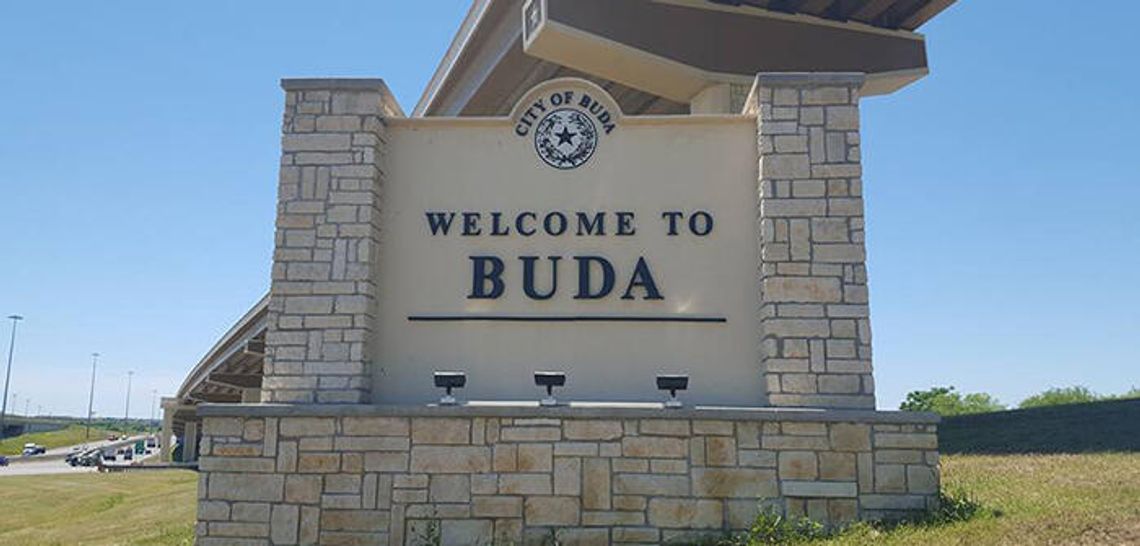Walking by the Austin Resource Center for the Homeless (ARCH), it’s difficult to count how many people have set up their lives in the confined spaces on the sidewalks. The small community formed around the ARCH passes time in many ways: they eat, they listen to music, sing, smoke, shoot up heroin and sleep on the concrete ground.
This scene has been common around the capital city for many years, with homeless people setting up their tents, chairs and lives underneath the bridges. But 2019 brought the highest count of unsheltered homeless people, a total of 1,086, according to The Ending Community Homelessness Coalition. It was time for a solution.
Several months ago, Gov. Greg Abbott stepped in and moved a big portion of the homeless population away from the city’s center and into a campground in southeast Austin. Texas Tribune reported that homeless Austin residents said this campground was an improvement, but an incomplete solution because they do not have steady shelter.
With Buda right down the interstate from Austin, some of those experiencing homelessness may begin moving into the city. Because the city of Buda is not immune to homelessness, its leadership is looking at what can be done to aid these people.
Mayor George Haehn recently listed homelessness as a discussion item on the city council agenda. He said he wants a briefing on the city’s policies because of the growing homeless populations in cities like Austin. Now would be the time to act proactively instead of acting retroactively, Haehn said.
“My interest is in what policies are in place or could be implemented to get the people help; if they are trying to camp in or around Buda now or in the future,” Haehn said. “I do not want homeless encampments like the bigger cities are dealing with, and hope to be proactive rather than reactive.”
Haehn asked for a breakdown on the current situation to better understand ways to help chronic homelessness. He shared some statistics around homelessness in the U.S. that got his attention, making him want to seek new treatment alternatives.
The National Coalition for the Homeless found that 38 percent of homeless people are alcohol dependent, 26 percent are dependent on other harmful chemicals and 33 percent battle mental illness.
“I wanted to see if we could do something to help them get off the streets by getting them the treatment they need,” Haehn told Hays Free Press.
Using this approach could possibly prepare homeless people in finding steady shelter, rather than moving them in to a temporary campground, like the one in the neighborhood of Montopolis.
“I do not want to see the chronically homeless people who are hurting not getting the medical or psychiatric help they might need to help them get off the street,” Haehn added.
For the time being, Haehn is waiting on the staff’s report to find an approach which addresses the issue in a holistic manner. These holistic approaches include getting treatment for those who need it, housing, job training and employment assistance in Texas.










